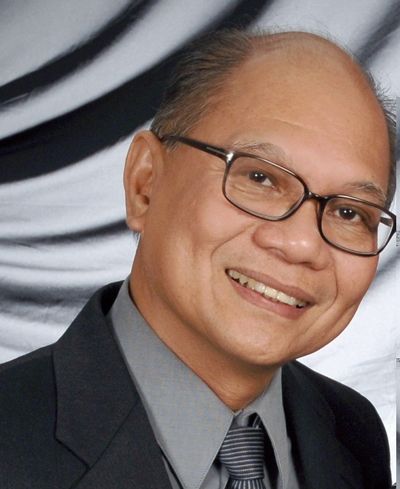
Uncertainty and animal spirits in business decisions: Theory meets practice
 In a Department of Defense Briefing on February 12, 2002, Secretary Rumsfeld described the normal state of knowledge or, rather, un-knowledge that one normally operates in as follows: “Reports that say that something hasn't happened are always interesting to me, because as we know, there are known knowns; there are things we know we know. We also know there are known unknowns; that is to say we know there are some things we do not know. But there are also unknown unknowns – the ones we don't know we don't know.” (Rumsfeld, 2002). When the presently unimagined is possible, when “the unexpected may happen” (Marshall, 1920, p. 347), then “human decisions affecting the future, whether personal, political or economic, cannot depend on strict mathematical expectation since the basis for making such calculations does not exist” (Keynes, 1936, pp. 162-163) and “individual initiative will only be adequate when reasonable calculation is supplemented and supported by animal spirits” (Keynes, 1936, p. 162) – by “a spontaneous urge to action rather than inaction” (Keynes, 1936, p. 161). Within this context, Professor Domingo Castelo Joaquin examines an investment’s Value-at-Risk as a reasonable calculation of the worst threat an action appears to make possible, and its return counterpart, referred to as the investment’s Value-within-Reach, as a reasonable calculation of the best hope an action appears to offer.
In a Department of Defense Briefing on February 12, 2002, Secretary Rumsfeld described the normal state of knowledge or, rather, un-knowledge that one normally operates in as follows: “Reports that say that something hasn't happened are always interesting to me, because as we know, there are known knowns; there are things we know we know. We also know there are known unknowns; that is to say we know there are some things we do not know. But there are also unknown unknowns – the ones we don't know we don't know.” (Rumsfeld, 2002). When the presently unimagined is possible, when “the unexpected may happen” (Marshall, 1920, p. 347), then “human decisions affecting the future, whether personal, political or economic, cannot depend on strict mathematical expectation since the basis for making such calculations does not exist” (Keynes, 1936, pp. 162-163) and “individual initiative will only be adequate when reasonable calculation is supplemented and supported by animal spirits” (Keynes, 1936, p. 162) – by “a spontaneous urge to action rather than inaction” (Keynes, 1936, p. 161). Within this context, Professor Domingo Castelo Joaquin examines an investment’s Value-at-Risk as a reasonable calculation of the worst threat an action appears to make possible, and its return counterpart, referred to as the investment’s Value-within-Reach, as a reasonable calculation of the best hope an action appears to offer.
In exploring the extension of the Value-at-Risk approach from applications to investments in financial assets to applications to investments in real assets, the properties of Value-at-Risk as a risk measure are reviewed. Recognizing that Value-at-Risk focuses exclusively on downside risk, a complementary set of properties is specified which is shown to be necessary and sufficient for the acceptance of Value-within-Reach as a measure of return. This note concludes with remarks on a distribution’s focus-values, consisting of the distribution’s Value-at-Risk and Value-within-Reach, as reasonable calculation of a course of action’s risk and return.
Domingo Castelo Joaquin (2016), “On Animal Spirits and Economic Decisions: Value-at-Risk and Value-within-Reach as Measures of Risk and Return,” Quarterly Review of Economics and Finance, 60.
Domingo Castelo Joaquin is Professor of Finance at Illinois State University. He has published articles on Axiomatic Models of Individual Choice under Uncertainty, Strategic Entry and Exit Decisions, Cost of Capital for Foreign Direct Investment, Portfolio Selection, Loss Modeling, and Simulation Modeling Applications in Capital Budgeting and Reinsurance Decisions. His work on international portfolio diversification has been cited in The New York Times, Business Week, and Money Magazine.
His work has appeared in the Journal of Post Keynesian Economics, Theory and Decision, the Quarterly Review of Economics and Finance, Risk Management and Insurance Review, Economics Letters, Journal of International Business Studies, and the Journal of International Money and Finance.


